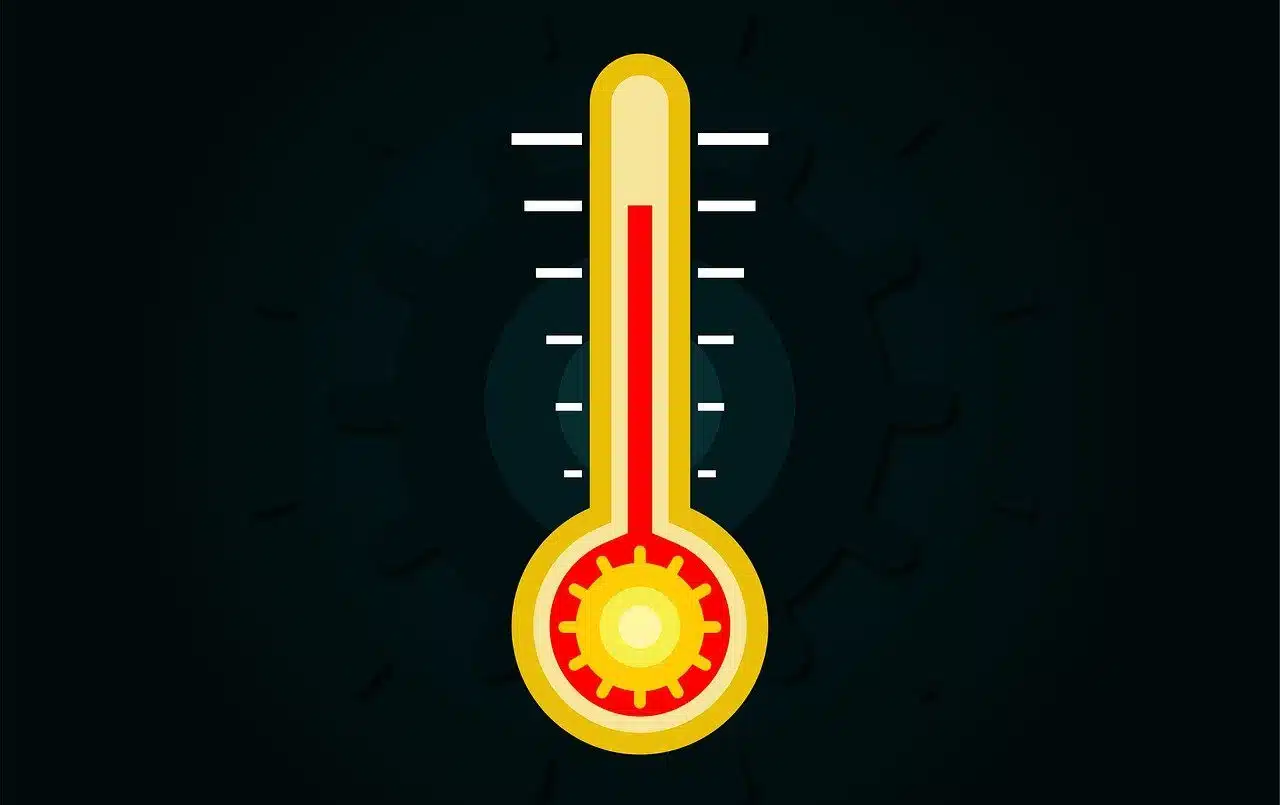
Every isothermal process is characterized by a transformation carried out in a thermodynamic system that is reversible and does not affect the temperature, since it remains constant.
Isothermal process is the name given to the reversible transformation that occurs in a thermodynamic system that presents, throughout said change, a constant temperature . It is easy to identify it compared to other types of processes when it is clear and present that the dictionary of the Royal Spanish Academy (RAE) indicates that isothermal is a word used as an adjective that serves to describe that where the temperature does not exist. changes.
The phenomenon, experts on the subject point out, is achieved by keeping the system in thermal balance . It should be noted that within the framework of an isothermal compression , the temperature of a gas does not vary but changes in pressure and volume are noted.
It is also interesting to note that in the field of thermodynamics, other processes are distinguished in which heat , work and temperature come into play. One of them is the adiabatic process which, unlike the also called isothermal process , does not contemplate a heat transfer since, in that case, the thermodynamic system does not experience a heat exchange with its environment. The essentially reversible adiabatic process is classified as isentropic because, from beginning to end, the entropy is constant: when the adiabatic process is understood as irreversible, on the other hand, to guarantee that the entropy does not vary , refrigeration must be used with the intention to remove heat .
Characteristics of the isothermal process
The isothermal process experienced by an ideal gas exhibits specific characteristics that allow it to be recognized compared to other types of phenomena. If expressed in a PV (Pressure-Volume) diagram , for example, a hyperbola with a rectangular structure is obtained given that, throughout the entire transformation , the product of volume and pressure remains constant.
When analyzing the elements, factors and variables involved in an isothermal process , the content of the first law of thermodynamics is summarized in an equality between heat and work .
Key concepts
In order to understand, master and correctly apply the idea of an isothermal process, it is essential to educate yourself about a series of key concepts .
It is required to know, in principle, what a thermodynamic system consists of (which, depending on how it is, is classified as an open, closed or isolated system ), what the category of ideal gas refers to, what is meant by real gas and What the notion of heat capacity is about, by adding notions linked to the isothermal process .

The process of humidifying the air in an environment with water vapor at a high temperature without modifying the air temperature is known as isothermal humidification.
You also have to learn about internal energy , temperature , heat and thermodynamic work , as well as know the ideal gas laws , especially the Boyle-Mariotte law .
It is enriching, in the same way, to interpret isothermal curves , to distinguish the particularities that differentiate a reversible process from one that is considered irreversible and to be aware of the characteristics of either an isobaric process or an isochoric process .
Examples of isothermal process
The isothermal process is exemplified by describing or observing how an ideal gas expands or compresses that is permanently connected to a thermostat and, at the same time, in contact with a system , identified as a hot spot , which is characterized by having the same temperature as the gas. and have an enormous heat capacity . In this scenario, heat is transferred slowly and the gas does work as it expands. It is important to highlight that the heat that is taken from the focus is equivalent to the work done by the ideal gas since its internal energy depends only on the temperature , which does not show changes while the isothermal expansion occurs.
In a steam sterilizing equipment ( autoclave ), on the other hand, there is a process aimed at destroying spores, fungi, viruses and bacteria. One of the stages is the isothermal cycle that uses a low temperature to safely disinfect and sterilize materials.

An isothermal compression means that, while the temperature remains constant during the process, the volume and pressure of a gas vary.
It is also useful to focus on the Carnot cycle , the name of the thermodynamic cycle that develops in machines or devices whose working mechanism is based on the absorption of a certain amount of heat from a source of high temperature and in the transfer of heat to the source of lower thermal signature. This is why the thermal engine that uses heat to perform work has been called the Carnot engine . There are two pairs of stages in this cycle. A couple, where the temperature remains constant , are isothermal processes ; The rest, phases in which there is thermal insulation, consist of adiabatic processes .
Another example of an isothermal process arises when observing the phase change that occurs when an ice cube melts or every time the water taken to the freezer/freezer transforms into ice. In these situations the temperature is not altered and the phenomenon is reversible.
